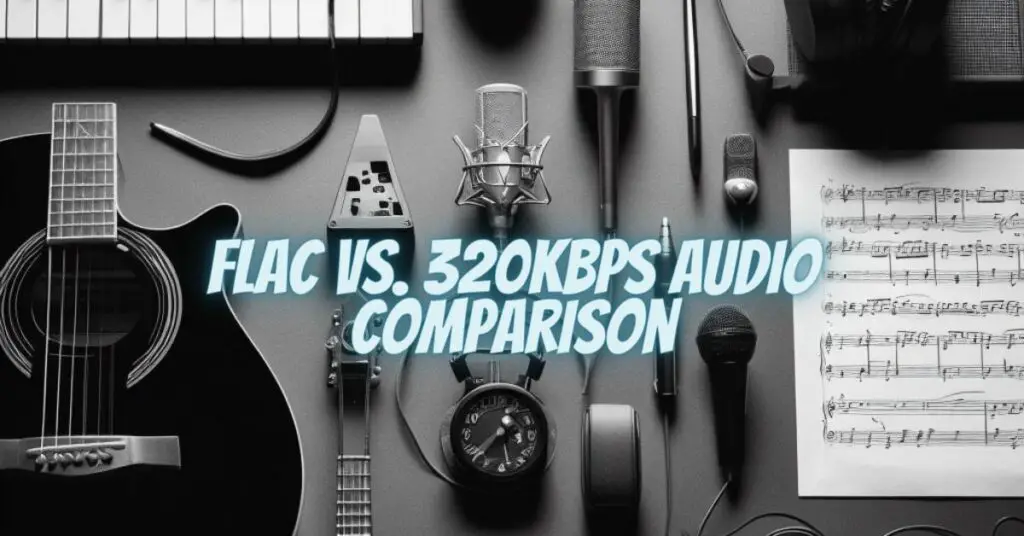In the realm of digital audio, the debate surrounding the superiority of lossless FLAC (Free Lossless Audio Codec) and 320 kbps MP3 is a persistent and contentious one. Audiophiles and music enthusiasts are often divided on which format reigns supreme in terms of sound quality. In this article, we will delve into the differences between FLAC and 320 kbps MP3, considering the factors that influence audio quality and helping you make an informed choice.
Understanding the Formats
- FLAC (Free Lossless Audio Codec): FLAC is a lossless audio format, which means it preserves all the original audio data while compressing the file size. This compression is without any loss of quality, making it an ideal format for audiophiles who prioritize pristine sound.
- 320 kbps MP3: MP3 is a widely used audio format, and 320 kbps (kilobits per second) is one of the highest-quality bit rates for MP3. It employs lossy compression, which means that some audio data is discarded to reduce file size. However, at 320 kbps, the loss of audio data is minimal and may be virtually indistinguishable to many listeners.
Factors Influencing Sound Quality
- Compression Algorithm: FLAC uses lossless compression, preserving all audio data, while MP3, even at 320 kbps, involves lossy compression, discarding some audio data to reduce file size.
- Audio Source Quality: The original source of the audio significantly affects sound quality. A poorly recorded or mastered track may not benefit as much from lossless compression.
- Listening Equipment: The quality of your playback equipment, including headphones or speakers, can greatly affect your ability to discern differences in audio quality between FLAC and 320 kbps MP3.
- Listening Environment: Your listening environment, such as background noise and room acoustics, can impact your ability to hear subtle differences.
The Audiophile Perspective
Audiophiles who prioritize the purest and most accurate representation of sound typically prefer FLAC for the following reasons:
- Lossless Quality: FLAC preserves the complete audio data, offering the highest level of sound fidelity possible in a digital format.
- Archival Value: Audiophiles appreciate FLAC for archival purposes, ensuring that their music collection remains unaltered over time.
- Sound System Optimization: Audiophile-grade sound systems can reveal subtle nuances in music that are more pronounced with lossless formats.
The Practical Perspective
For many casual listeners and those with limited storage space, 320 kbps MP3 is a practical and popular choice because:
- Space Efficiency: MP3 files, even at 320 kbps, are significantly smaller than their FLAC counterparts, allowing users to store more music on their devices.
- Portability: Smaller file sizes make it easier to transfer and stream music on various devices.
- Perceived Quality: For the majority of listeners, 320 kbps MP3 files are indistinguishable from FLAC in most listening scenarios.
Ultimately, the choice between FLAC and 320 kbps MP3 depends on your individual needs and preferences. Audiophiles and those with high-end audio systems may lean towards FLAC for its pristine quality and archival value. However, for everyday listening and portable music collections, 320 kbps MP3 offers an efficient compromise between sound quality and file size.
The most crucial factor is enjoying your music, and the difference in audio quality between these formats may be negligible for most listeners. The best format is the one that complements your listening habits and equipment while providing an enjoyable and immersive musical experience.


